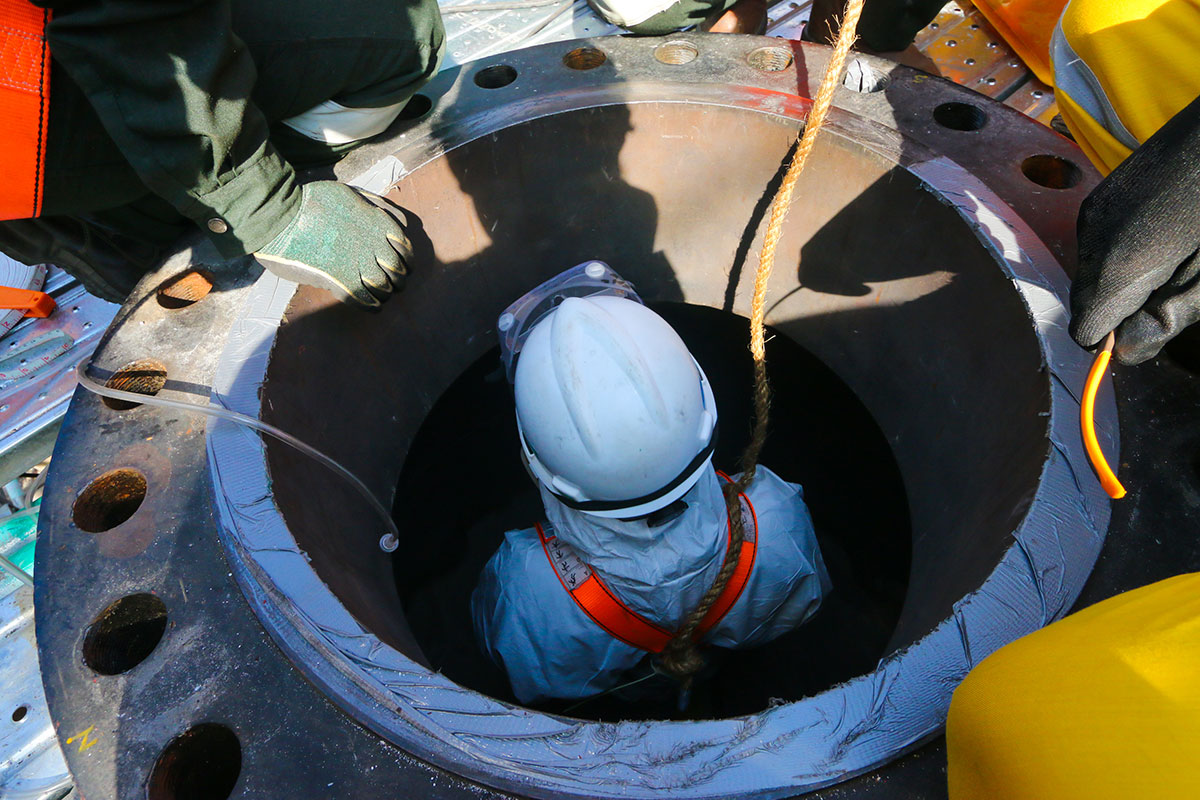Confined Space Entry
As per OSHA and general good practice, business owners and managers are responsible for providing safe working conditions for their employees and for any contractors that they hire. If any of your employees are working in confined spaces, there are regulations to follow.

Confined spaces
Confined spaces are those that “hinder the activities of employees who must enter into, work in or exit from them” (OSHA pg 3). These spaces are often riskier than typical working conditions for reasons that are directly related to space. For example, workers in confined spaces may have greater exposure to trapped hazardous gases, limited airflow, and dangerous machinery.
Confined spaces detailed definition
Confined spaces must be large enough for at least one employee to work in, but they are not intended for long-term occupancy. Where they are located does not define confined spaces; they can be beneath the ground or above it, in underground tanks or in above-ground silos.
Confined spaces that require permits adhere to the items listed above and they also include one or more of the following characteristics:
- Contains or may contain a hazardous atmosphere
- Has a material that could engulf someone who enters the area
- Has an internal design that could trap or asphyxiate the worker
- Has some other recognized serious hazard
More information can be found in OSHA’s guide on confined spaces.
OSHA’s regulations
If an employer finds that they have spaces requiring permits, they must indicate these to relevant employees and brief them on the hazards that they pose. This is commonly done by creating a danger sign and posting it at the entrance of the confined space.
It is the employer’s responsibility to make sure that these areas are clearly indicated and that there is a written program in place for confined spaces. This written program must do the following:
- Identify the measures used to prevent unauthorized access
- Identify all potential hazards of entering the space
- Test the space for atmospheric safety before allowing any employee to enter with attention to oxygen levels, combustible gases, and toxic gases
- Provide and maintain PPE at no cost to the employee
- Station at least one other employee outside of the confined space until the person inside the area has completed their task
This list is not complete. See the full one from OSHA.
For more information on confined space entry services, contact Clean Management.






